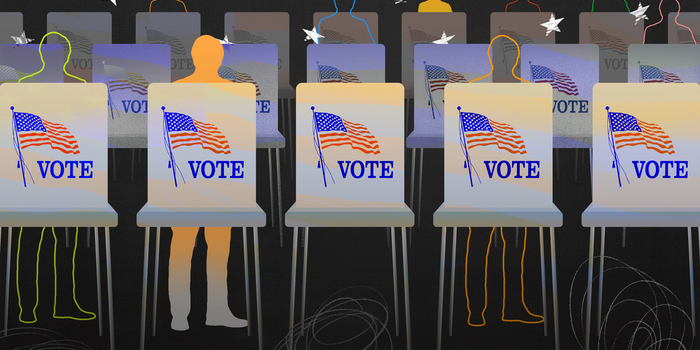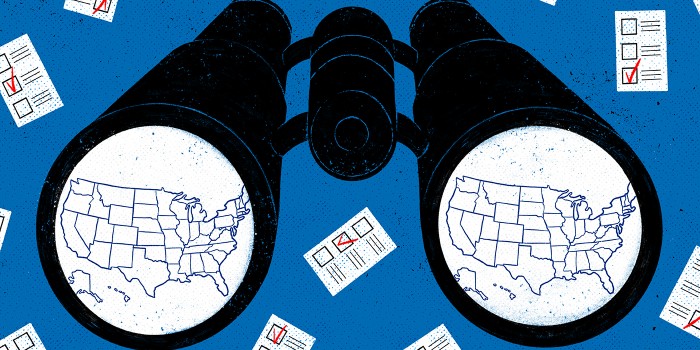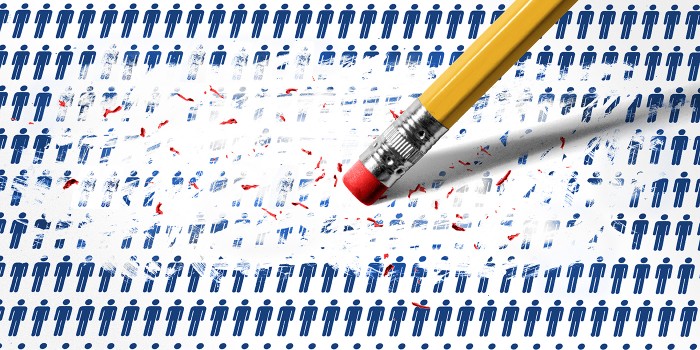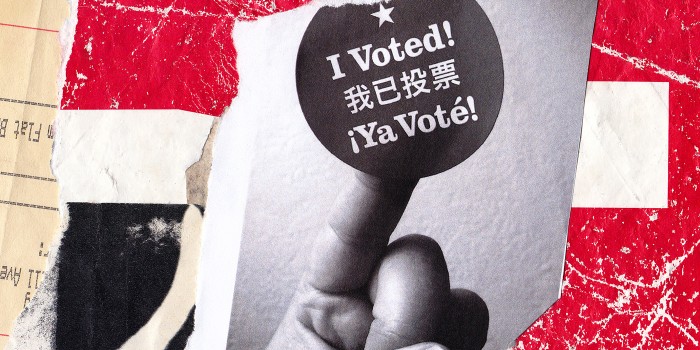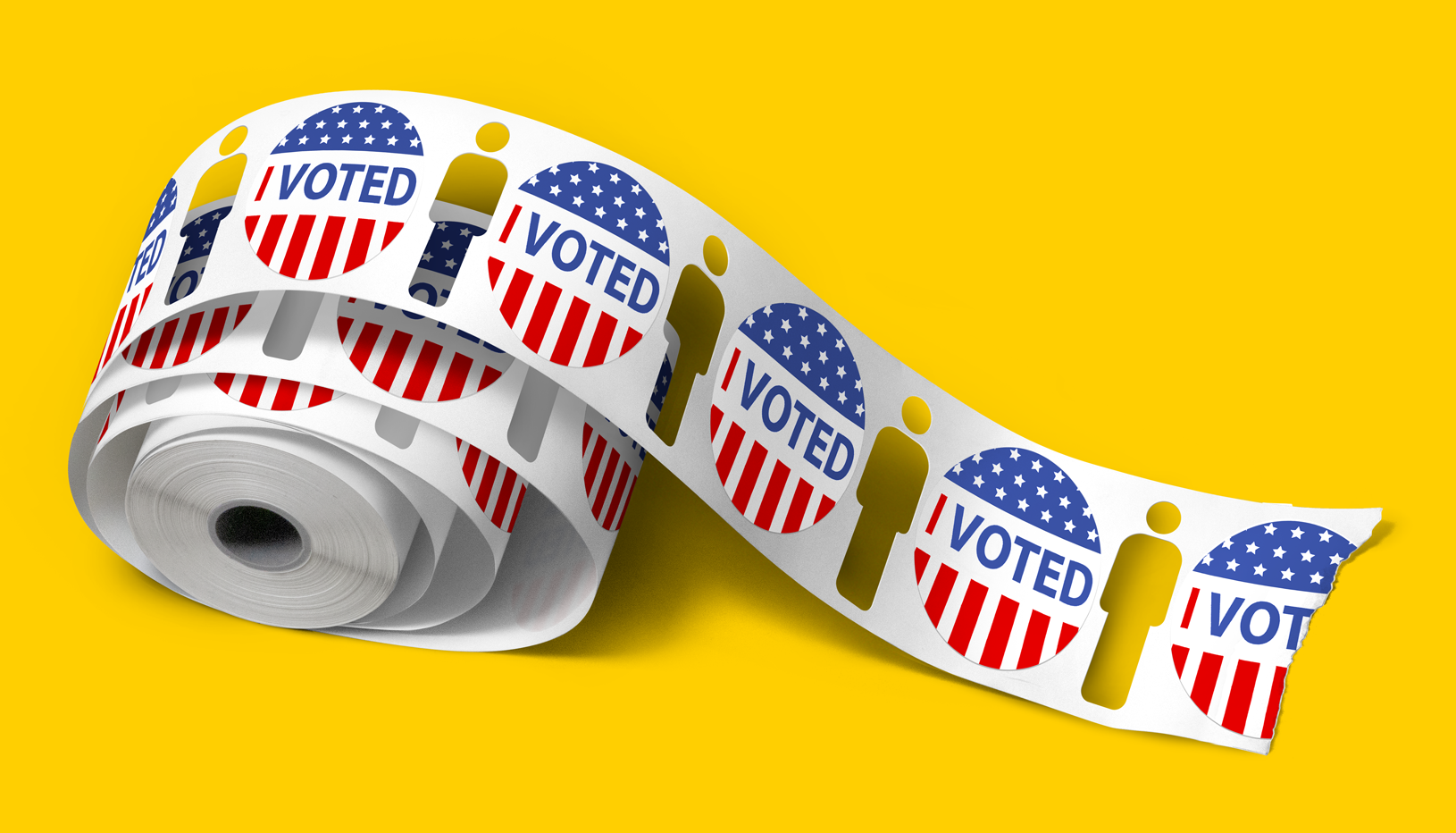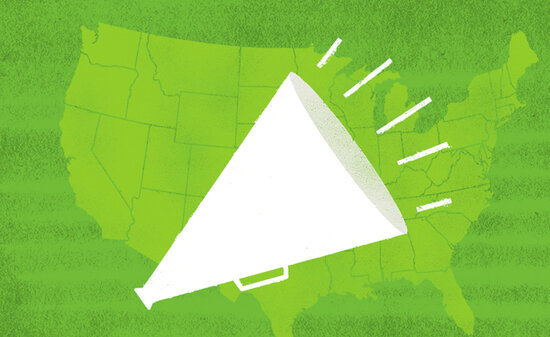
Voter Suppression
Through research, lawsuits, and advocacy, the Brennan Center is fighting voter suppression on every front.
Why It Matters
Over the last 20 years, states have erected barriers to the ballot box by imposing strict voter ID laws, cutting early voting times, restricting registration, and purging voter rolls too aggressively. These efforts received a boost when the Supreme Court weakened the Voting Rights Act in 2013, and they’ve surged since the 2020 election. Such antidemocratic measures have kept significant numbers of eligible voters from the polls, especially among racial minorities, poor people, and young and old voters.
The Brennan Center fights voter suppression on every front. Our lawsuits have blocked or weakened some of the schemes, including Texas’s 2013 strict voter ID law and 2021 law prohibiting voter canvassing in the presence of a mail ballot. And our groundbreaking research has helped win the battle for public opinion. We have shown that voter fraud and illegal voting — often cited to justify regressive voting laws— aren’t widespread. Our studies have also found that racial minorities are much more likely than whites to lack accepted voter ID.
Solutions
Restore the Voting Rights Act
Congress should restore the full protections of the Voting Rights Act of 1965 by passing the John R. Lewis Voting Rights Advancement Act, and state laws should supplement those safeguards.
Establish Expansive Voting Policies in Federal Elections
Congress should pass the Freedom to Vote Act, which would protect voting rights, end partisan gerrymandering, close campaign finance loopholes, and shore up the electoral process.
Protect Eligible Voters from Mass Challenges and Voter Roll Purges
Congress and the states should pass laws ensuring that eligible voters aren’t disenfranchised by improper purges, including those prompted by mass challenges.
Protect Against Deceptive Election Practices
Congress should pass the Deceptive Practices and Voter Intimidation Prevention Act, and states should also penalize and correct false information aimed at preventing voting or voter registration.
The Racial Turnout Gap
Since the Supreme Court gutted the Voting Rights Act, dozens of states have enacted laws making it harder to vote, especially for people of color. The result: a growing racial turnout gap. But Congress has the power to guarantee all Americans’ access to the ballot.




